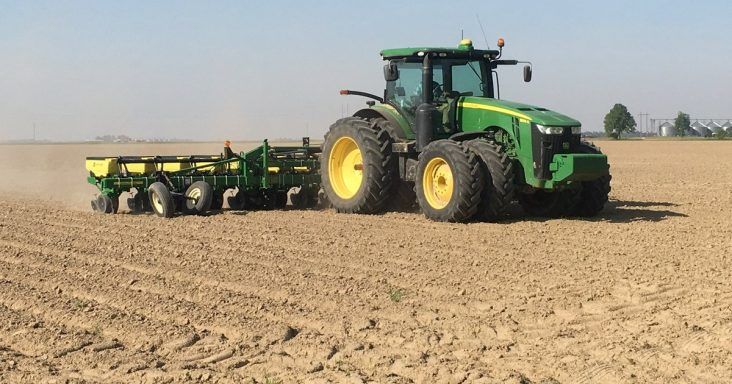Field Day slated for Wilson; Soybean College finishes in Newport
by August 14, 2018 5:55 pm 417 views

The Northeast Research and Extension center will host its annual field day Wednesday, (Aug. 15) in Keiser, Arkansas. Experts with the University of Arkansas System Division of Agriculture will discuss a variety of topics to update the public on current research and recommendations from the Cooperative Extension Service.
The field day will be held at 1241 W. County Road, 780 in Keiser. Registration begins at 8:30 a.m. and the tour departs at 9 a.m. Speakers include rice breeder Eshan Shakiba, who will speak about hybrid rice; rice agronomist Jarrod Hardke who will talk about farming rice in rows; weed scientist Tom Barber who will discuss weed control; and entomologist Glen Studebaker will speak about insect control.
Barber said visitors should expect updates on the latest research and technology in many popular Arkansas crops.
“Weed control is always an important aspect of agriculture in Arkansas and elsewhere,” Barber said. “I’m going to be discussing new technologies in soybeans and cotton, and future equipment opportunities in those crops, including the ‘See & Spray’ from Blue River Technology.”
The field day comes one week after the Cooperative Extension Office held its soybean school in Newport. More than 110 growers, consultants and other industry professionals from throughout Arkansas convened at the event, which covered best management practices dealing with diseases, pests, nutrient management an other essential aspects of soybean farming.
Held at the Newport Extension Center, attendees were divided into about six groups, which rotated between education stations located among the many test plots at the station. A common thread throughout many of the day’s classes was proper identification be it of pests, diseases or growth and reproductive stages of the plant itself.
“If you just start spraying at the first sign of something that seems abnormal, you can really complicate an already complicated management situation,” said Travis Faske, extension plant pathologist for the University of Arkansas System Division of Agriculture.
While Faske couldn’t cover every disease to which soybeans might fall prey, he said he tried to cover the most common offenders: frogeye leaf spot, target spot and the southern root knot nematode, as well as triazole fungicide and herbicide injury, which may sometimes appear symptomatic of a viral or bacterial disease.
Extension entomologists Nick Bateman, Ben Thrash and Gus Lorenz worked to impress upon attendees the importance of scouting crops for insects, and correctly assessing rates of defoliation when dealing with a leaf-gobbling pest.
“When we take people out in the field, we see growers look at a given leaf, and their guesses are all over the map, as far as how much damage is actually present,” Bateman said. “We’ll show them a leaf that we’d assess as about 5-10% defoliated, and folks will tell us it’s 50 to 75% damaged.”
Overestimating the amount of foliar damage typically leads to unneeded pesticide applications, Bateman said, akin to applying when insect populations are still well below threshold. Jeremy Ross, extension soybean agronomist with the Division of Agriculture, said correct identification of growth stages in soybeans was also key to management and a successful harvest.
“That’s key to knowing when it’s legal to apply an herbicide, when it’s no longer economical to irrigate the crop as you approach termination, and everything in between,” Ross said.
